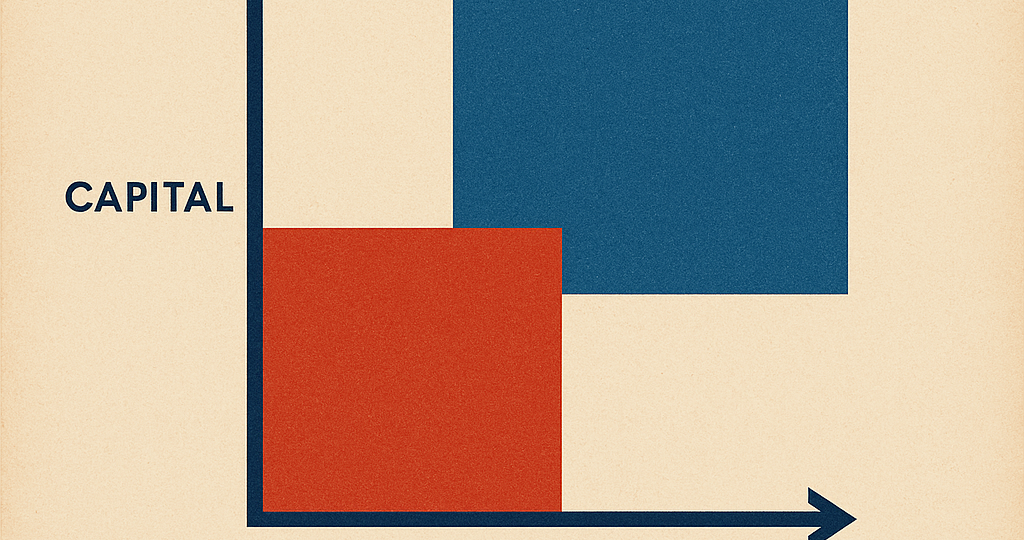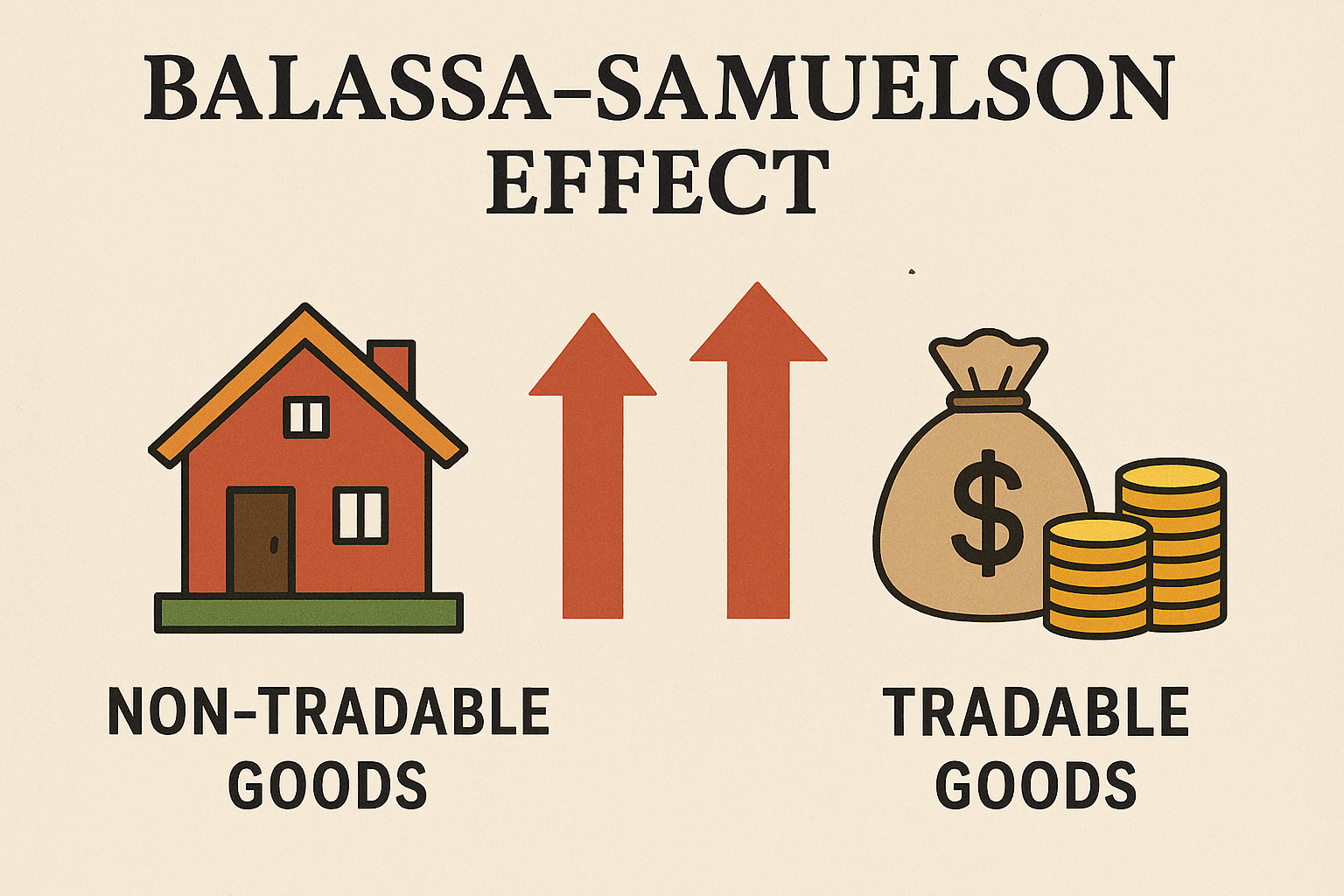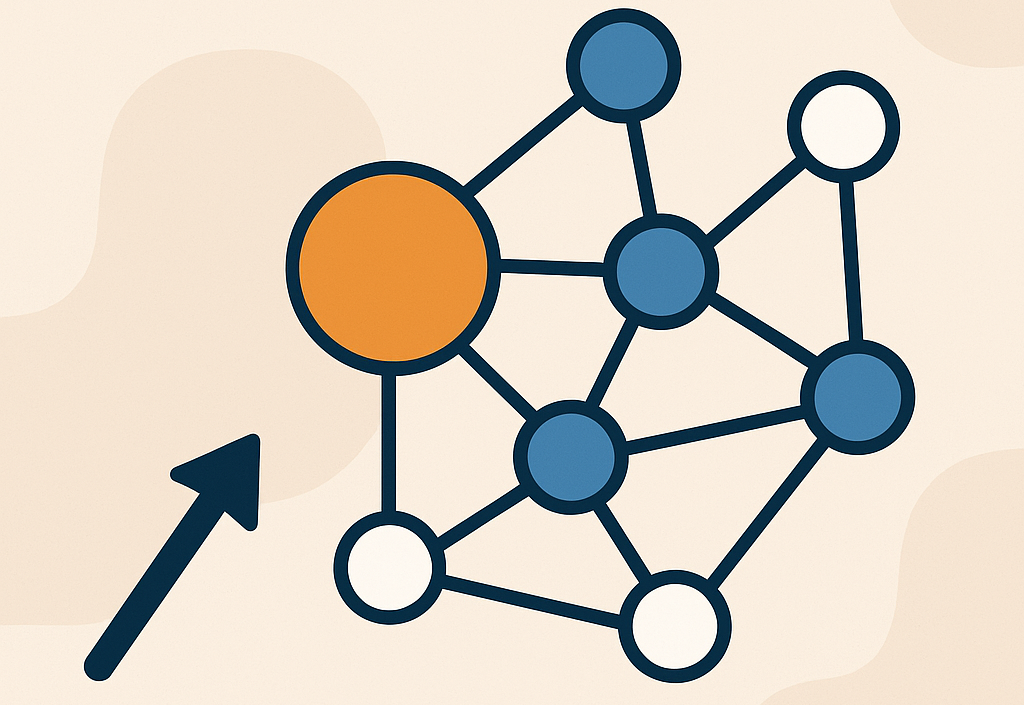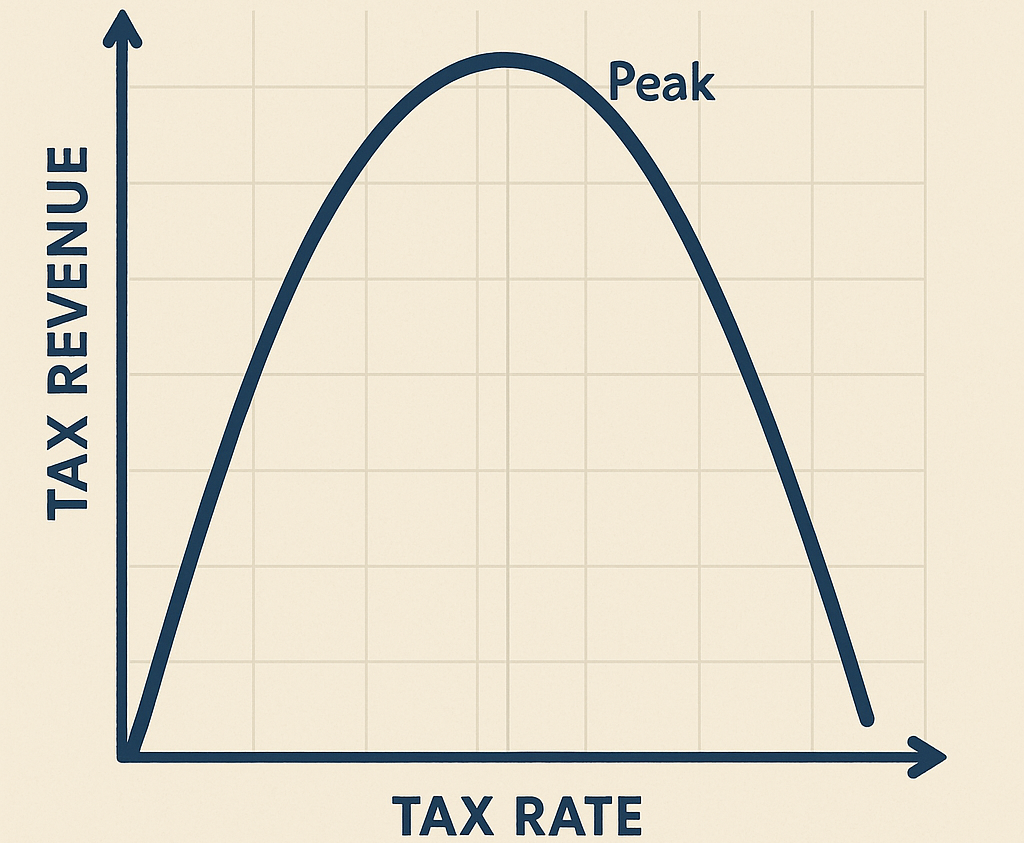
In the 1950s, economist Wassily Leontief tried to test a popular theory about how countries trade with one another. The theory said that countries should export things they can make using what they have the most of. Since the U.S. had a lot of money, machines, and factories (what economists call “capital”), it was expected to export goods that needed a lot of that capital, like cars or heavy equipment. And it should import products that used a lot of labor, like clothing or toys.
But when Leontief looked at real trade data, he found something strange: The U.S. was exporting more labor-intensive goods and importing more capital-intensive ones. That went against the theory completely. This surprising finding became known as the Leontief Paradox—a situation where the data didn’t match what the experts thought should happen.
Why did this happen? Some economists suggested that maybe the theory didn’t count everything correctly. For example, the U.S. had lots of highly educated and skilled workers. Maybe that type of labor is more valuable than raw capital. Others said that technology differences or trade restrictions might explain the pattern. Whatever the reason, Leontief’s work showed that real-world trade is more complicated than simple models suggest.
The Leontief Paradox is still talked about today because it reminds us that even the smartest economic theories can miss the mark. It pushed economists to dig deeper, look at more than just numbers, and consider things like education, skill levels, and innovation when studying trade. In a way, this paradox made the field of economics more realistic and better connected to how the world actually works.
RELATED POSTS
View all


